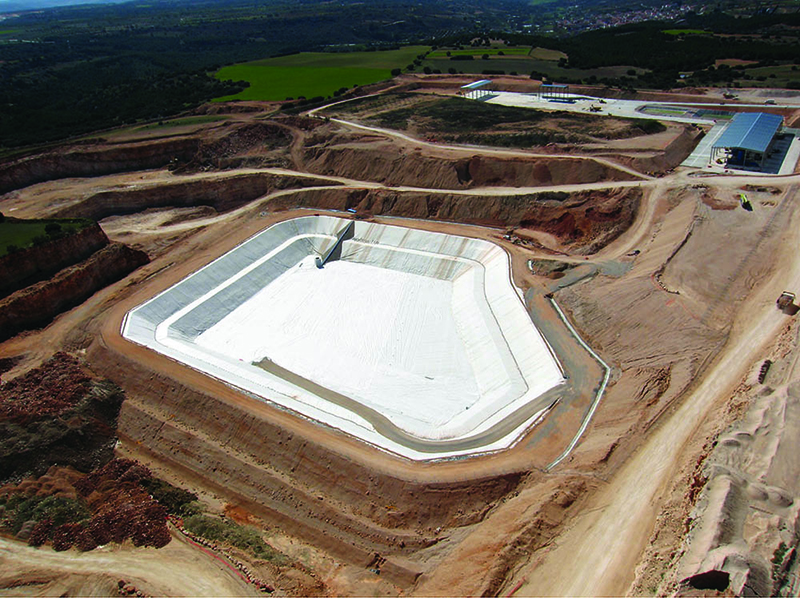From the World's Leading Supplier of GCLs
CETCO GCLs are designed to meet the demands of any project. Our extensive line of bentonite-based and polymer-enhanced GCLs address design challenges such as hydrostatic pressure, shear strength, and chemical compatibility. Our experts can also assist in customizing solutions to meet your unique challenges.

A geosynthetic clay liner (GCL) is comprised of two geotextiles that are needlepunched together, encapsulating a layer of sodium bentonite clay between them. GCLs are known for having consistent, very low permeability. They have the unique ability to seal around penetrations, self-heal punctures, and self-seam at the overlaps.
When designing a GCL, it is imperative that a leachate sample is obtained and submitted for testing as early as possible in the design process to ensure the proper solution is selected.
| Step 1 |
|
| Step 2 |
|
| Step 3 |
|
| Step 4 |
|
| Step 5 |
|